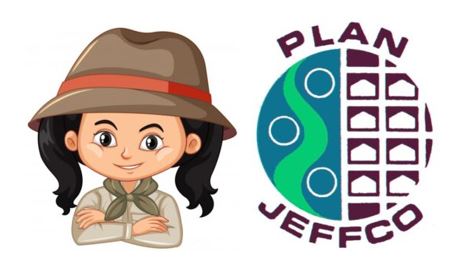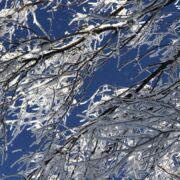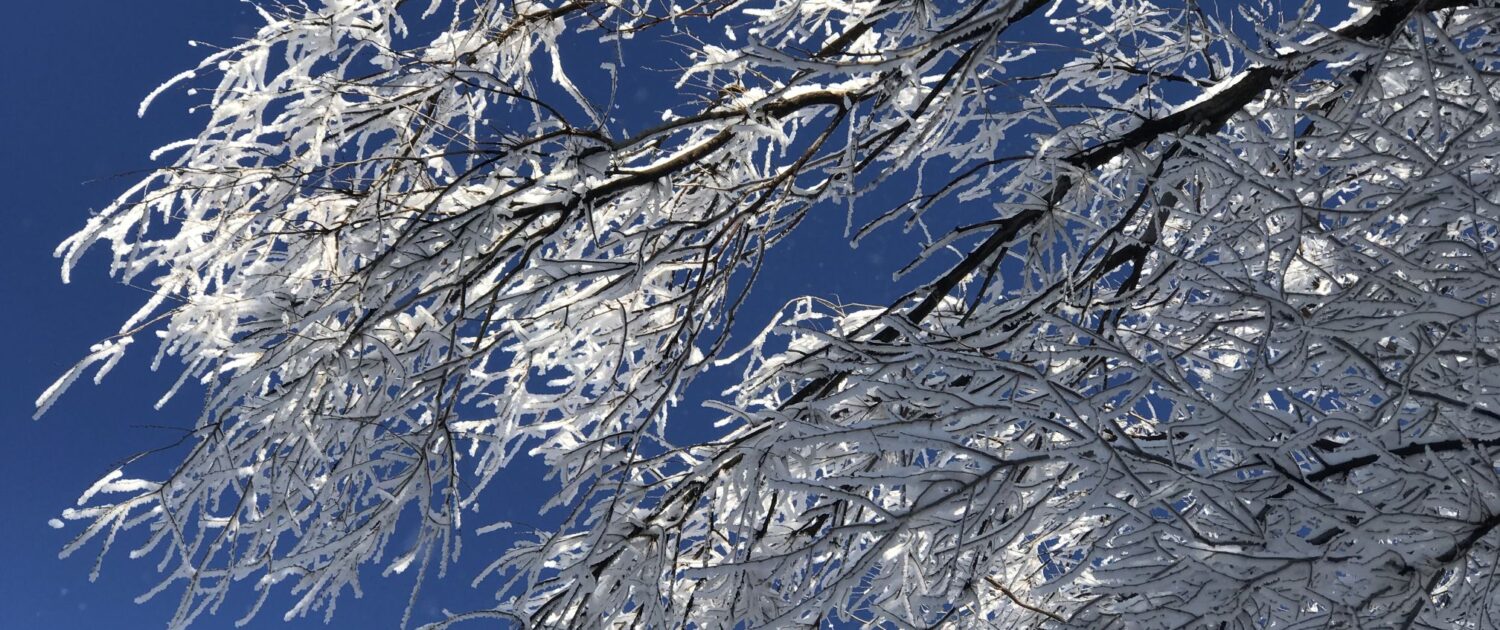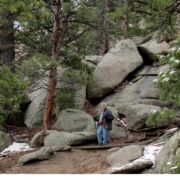Open Space agrees to forgo trail improvement near Rocky Flats in deal with Westminster
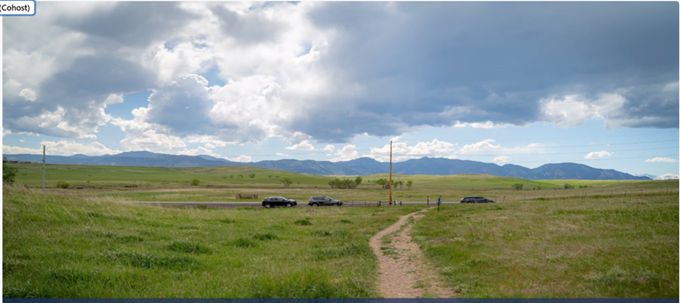
Westminster social trail heading west across Indiana Street into Rocky Flats.
By Vicky Gits
Jeffco Open Space Advisory Board unanimously approved an agreement resolving a contract dispute between Open Space and the City of Westminster over completing a 0.4-mile-long trail connection between the Rocky Flats National Wildlife Refuge and Westminster Hills Open Space. The advisory board endorsed the deal in an 8-0 vote in a regular meeting on March 6.
Westminster agrees not to block the trail going to Rocky Flats and not prevent visitor access. However, it will not participate in improving the trail or building the bridge. Open Space filed to take sole ownership under a reverter clause but ultimately deeded the land to Westminster with conditions.
The resolution, which was approved by the Jeffco Board of County Commissioners, releases the city from its promise to help Jeffco and Boulder County build a segment of the Greenway Trail via a bridge over Indiana Street.
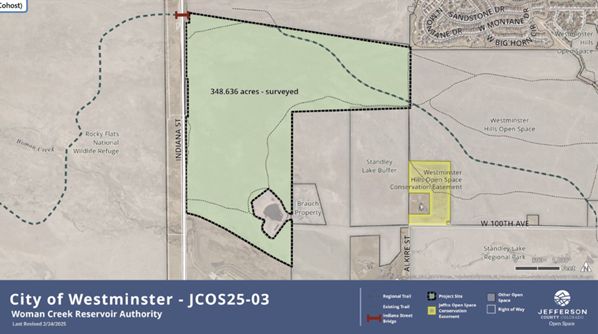 The area in question is east of Indiana Street and west of the Westminster Hills Open Space and a large and popular off-leash dog park. Several existing social trails on the Westminster property form a link to the Rocky Flats National Wildlife Refuge trail and these will be allowed to stand.
The area in question is east of Indiana Street and west of the Westminster Hills Open Space and a large and popular off-leash dog park. Several existing social trails on the Westminster property form a link to the Rocky Flats National Wildlife Refuge trail and these will be allowed to stand.
The cost to purchase the 348-acre open space in 2019 was equally shared by Westminster and Jeffco Open Space and included a standard “reverter,” in favor of Jeffco Open Space. The reverter provided the land would be deeded back to Jefferson County if it were not used for public open space, park or recreational purposes.
In 2021, the parties, including Boulder, signed an intergovernmental agreement for funding four trail crossings, the Rocky Mountain Greenway Trail Crossings IGA.
But in September 2024, the Westminster Council backed out of the Crossings IGA. The narrow 4-3 vote meant Westminster would not contribute any money to the project and the 0.4 miles of connecting trail will not be built.
According to the Colorado Community Media’s Westminster Window, the council majority no longer wanted the city to participate because of concerns the foot traffic into Westminster would stir up plutonium particles linked to the Rocky Flats nuclear weapons plant that formerly occupied the site.
They argued for huge signs being posted to warn of possible radioactive contamination from hiking and biking.
The ongoing existence of radioactive particles has been a contested issue for decades since the plant was closed and demolished in 1989.
Environmental advocates lobbied council for months to get out of the deal.
When Westminster did so, Jefferson County considered the reverter had been triggered and that the property was owned by Jefferson County which submitted a deed at the clerk and recorder’s office.
Westminster disagreed, saying it was still the owner, and the reverter had not been triggered. Potential lawsuits were contemplated.
To resolve the matter, Jeffco agreed to execute a new deed conveying the property to Westminster with the same reverter clause as 2019. Westminster agreed it would not block access to the Indiana Street Bridge, allowing bicycles and hikers to walk on the existing path. Westminster also agreed to continue to pay its remaining $200,000 obligation under the Crossings IGA.
Jeffco agrees not to build a new trail over the existing social trail leading to Indiana Street and beyond to the wildlife refuge.
According to Jeffco Open Space authorities, the Indiana Street Overpass is scheduled to begin construction sometime during the spring of 2025.
####
The post Open Space agrees to forgo trail improvement near Rocky Flats in deal with Westminster appeared first on PLANJeffco.

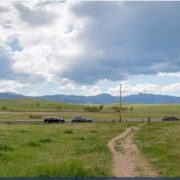
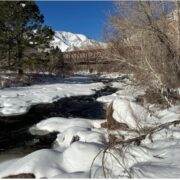
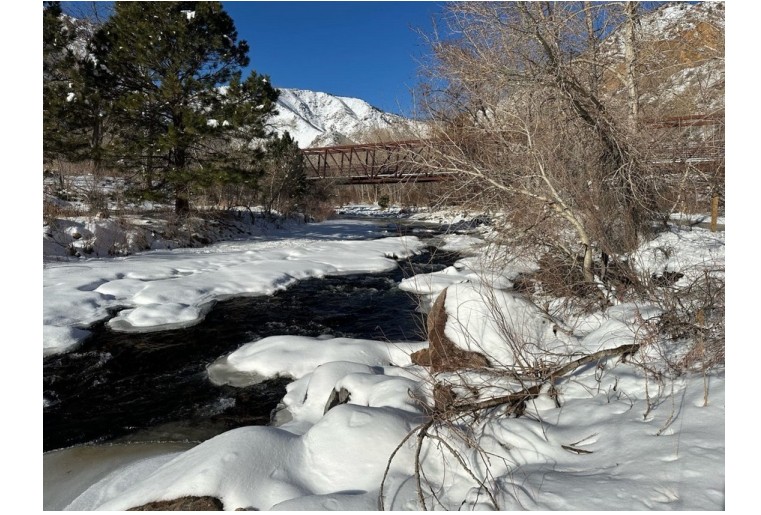
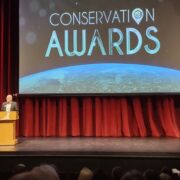
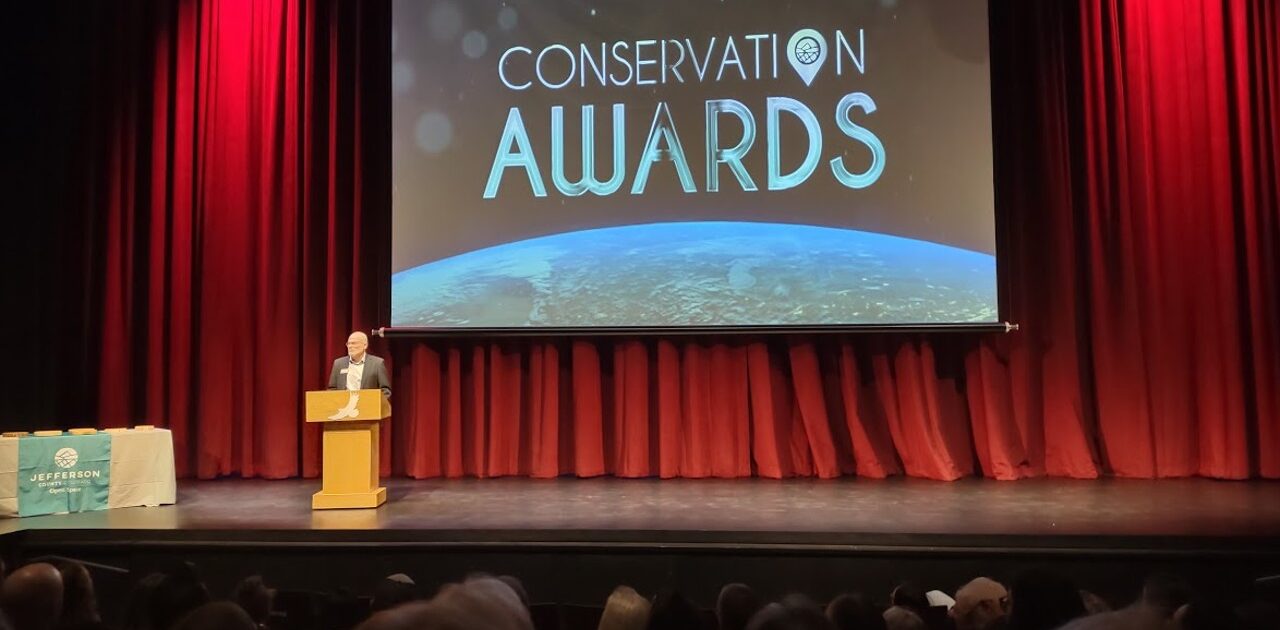
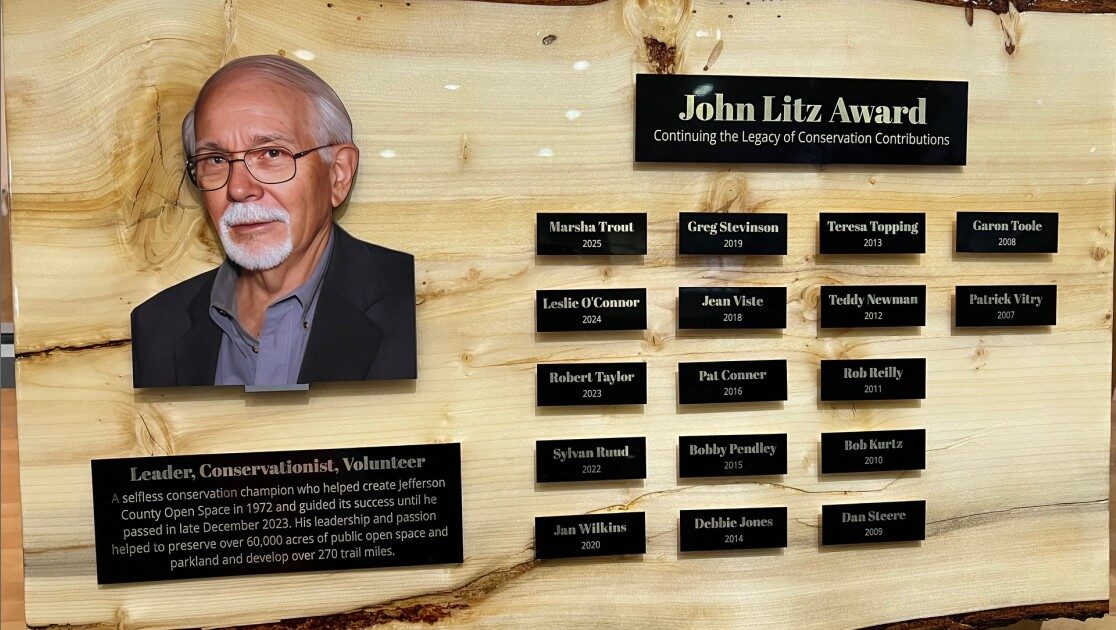
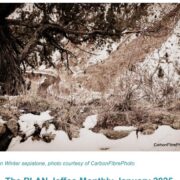


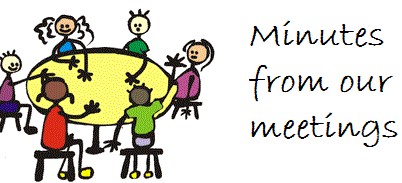
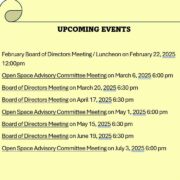
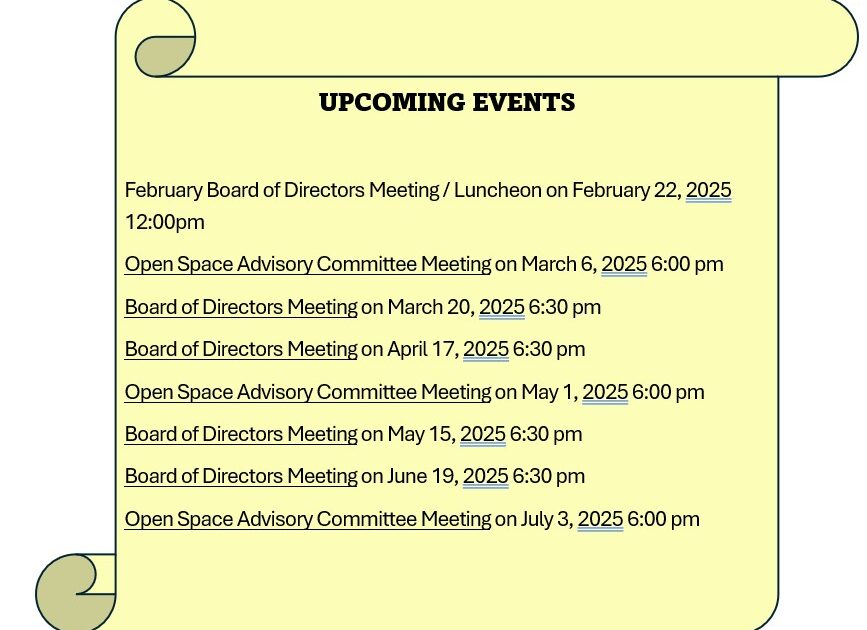



 Temps have dropped and winter winds lick the landscape of the Jeffco Parks. Although the winter season has arrived, the parks are still great places to visit. Read on for essential winter safety tips.
Temps have dropped and winter winds lick the landscape of the Jeffco Parks. Although the winter season has arrived, the parks are still great places to visit. Read on for essential winter safety tips. Trail Conditions: Winter trails can range from icy to muddy. Deeper snow creates a harder workout while hiking. Additionally, snow-covered trails are harder to delineate. Bring a map and know where the trail is and do your best to prevent eventual vegetation damage by staying on the trail. Assume trails will be icy until spring. In icy conditions, trails are nearly impossible to negotiate safely. Wear micro-spikes or other traction devices. Front Range winters vacillate between warm to snowy. You might encounter muddy conditions when the trails melt in between storms. If you do, stick to the trail. Going off trail to avoid the mud increases vegetation damage and the unnecessary widening of trails. Remember, these boots were made for walkin’… through mud too!
Trail Conditions: Winter trails can range from icy to muddy. Deeper snow creates a harder workout while hiking. Additionally, snow-covered trails are harder to delineate. Bring a map and know where the trail is and do your best to prevent eventual vegetation damage by staying on the trail. Assume trails will be icy until spring. In icy conditions, trails are nearly impossible to negotiate safely. Wear micro-spikes or other traction devices. Front Range winters vacillate between warm to snowy. You might encounter muddy conditions when the trails melt in between storms. If you do, stick to the trail. Going off trail to avoid the mud increases vegetation damage and the unnecessary widening of trails. Remember, these boots were made for walkin’… through mud too!
